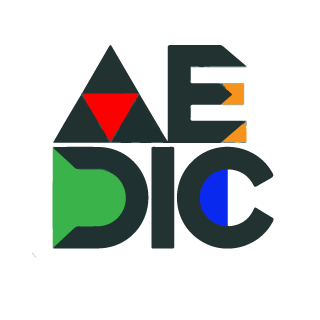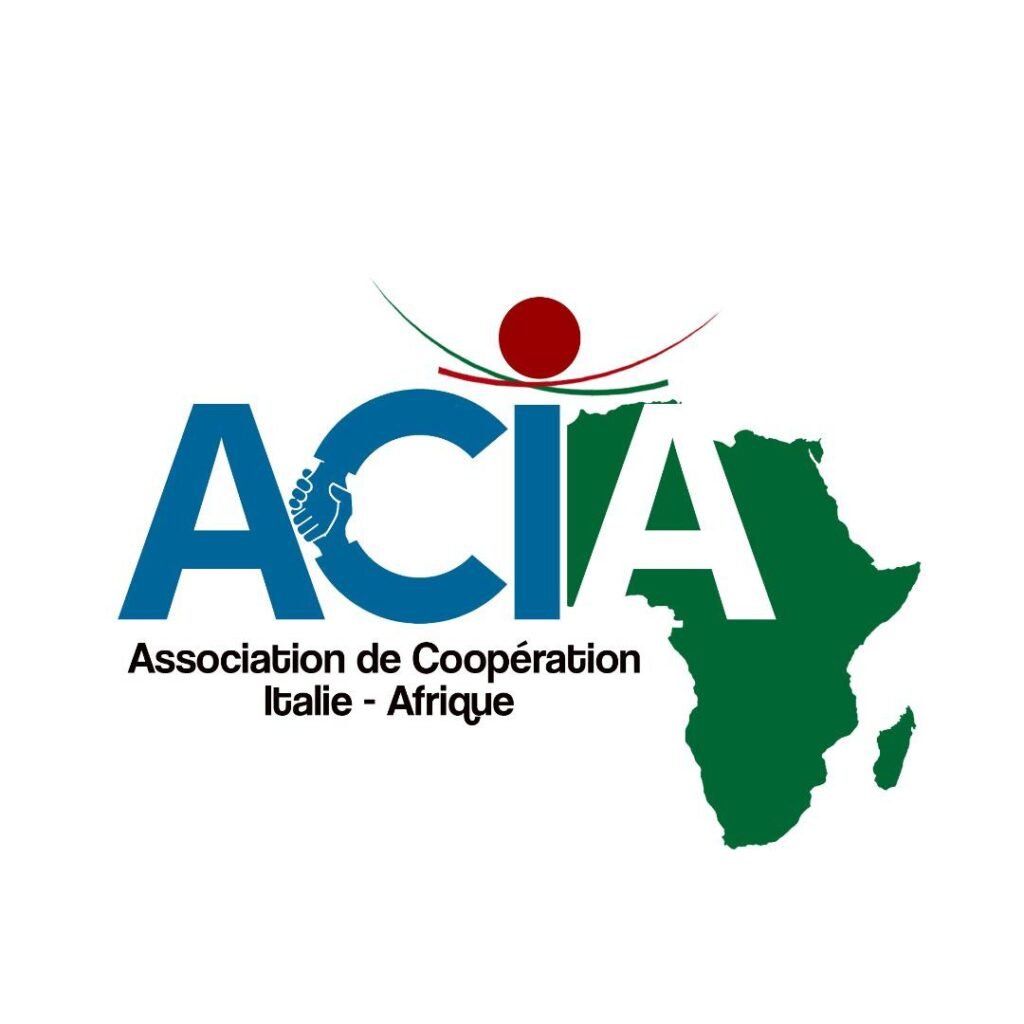CEMAC - Since 2015, Central African states have been aiming to accelerate negotiations for an Economic Partnership Agreement (EPA) with the European Union.
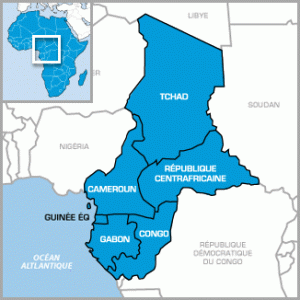 This was the outcome of the 2015 summit of heads of state of the member countries of the Central African Economic and Monetary Community (Cemac) meeting at the time in Malabo, Equatorial Guinea.
This was the outcome of the 2015 summit of heads of state of the member countries of the Central African Economic and Monetary Community (Cemac) meeting at the time in Malabo, Equatorial Guinea.
According to local press reports, Gabon's president, Ali Bongo Ondimba, called for the 'signing of a comprehensive, fair and balanced economic agreement'.
Negotiations between the EU and Cemac
- Republic of Congo,
- Gabon,
- Equatorial Guinea,
- Chad,
- Central African Republic
- Cameroon
started much earlier in 2003 then in 2014 Central African countries were hit hard by the collapse of commodity prices on international markets.
According to estimates by the Bank of Central African States (Beac) countries in the region grew by 1.7 per cent in 2016, up from 2.5 per cent last year.
But what is CEMAC?
THE CEMAC 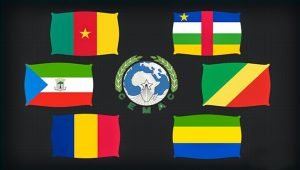 (in French: Communauté économique et monétaire de l'Afrique centrale - CEMAC) is an international organisation made up of a number of Central African states for the purpose of promoting economic integration between countries using the same currency, the CFA franc (XAF).
(in French: Communauté économique et monétaire de l'Afrique centrale - CEMAC) is an international organisation made up of a number of Central African states for the purpose of promoting economic integration between countries using the same currency, the CFA franc (XAF).
Founded in 1964 as the Central African Customs and Economic Union (UDEAC) was transformed into CEMAC in March 1994.
How does the local CFA currency work?
The CFA franc (XAF) was officially created on 26 December 1945, after six years that the 'franc zone' had been established by France by imposing common exchange rate legislation within its colonial empire, at the start of the Second World War, the purpose of which was to
"protecting oneself from the structural imbalances of the war economy"
and continue to feed on cheap raw materials.
CFA stood for 'French colonies of Africa' then, since 1958, for 'French Community of Africa'. When France granted independence to its African colonies at the beginning of the 1960s, it enforced the return of the frank zone.
The CFA has thus become the franc of the " African financial community " in West Africa, and the franc of the 'financial cooperation in Central Africa' for Central Africa.
The franc zone has two subgroups in Africa:
CEMAC
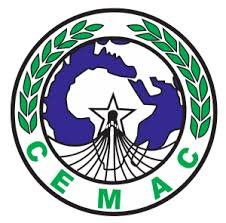 and the Central African Economic and Monetary Community (CEMAC) which brings together six states :
and the Central African Economic and Monetary Community (CEMAC) which brings together six states :
- Cameroon,
- Central Africa,
- Congo,
- Gabon,
- Equatorial Guinea,
- Chad.
CEMAC is Acr. of: Communauté Économique et Monétaire de l'Afrique Centrale. Established by the Treaty of Ndjamena (Chad) of 16.3.1994, it consists of two unions: the UEAC (Union Economique de l'Afrique Centrale) and the UMAC (Union Monétaire de l'Afrique Centrale).
A subsequent convention signed in Libreville on 5.7.1996 established the Cour de justice de la CEMAC.
 La CEMAC intends to promote a Central African common market in order to establish an ever closer union of the peoples of the member states, to remove barriers to intra-community trade, to coordinate development programmes, the harmonisation of industrial projects, and solidarity in favour of less developed areas.
La CEMAC intends to promote a Central African common market in order to establish an ever closer union of the peoples of the member states, to remove barriers to intra-community trade, to coordinate development programmes, the harmonisation of industrial projects, and solidarity in favour of less developed areas.
It is governed by a Conférence des Chefs d'État, a Conseil des Ministres (3 ministers per country) for the direction of the two unions, a permanent Secrétariat Exécutif, a Comité Inter-Etats whose task is to prepare the deliberations of the Conseil des Ministres, the aforementioned Cour de Justice Communautaire with jurisdiction and control tasks.
UEMOA
the West African Economic and Monetary Union (UEMOA) composed of eight  countries :
countries :
- Benin,
- Burkina,
- Cote d'Ivoire,
- Guinea Bissau,
- Mali,
- Niger,
- Senegal
- Togo
UEMOA isAcr. of: Union Économique et Monétaire Ouest Africaine (West African Economic and Monetary Union-WAEMU). Economic and monetary union for the unification of national economic areas in a common market with a common currency and for the consolidation of macroeconomic conditions through the harmonisation of fiscal policies.
It is an extension of the UMOA and was formed with the treaty of 10.1.1994 (entered into force on 1.8.1994) with its seat in Ouadgadougou (Burkina Faso) by seven countries (Benin, Burkina Faso, Côte d'Ivoire, Mali, Niger, Senegal and Togo), which was joined by Guinea Bissau in 1997. These are the eight West African countries that are part of the French franc area (q.v. for the effects of the euro changeover).
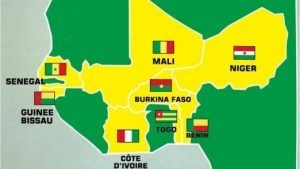 THE UEMOA became operational in 1995. The organisation of the UEMOA repeats that of the European Community. The political organs are the Conférence des Chefs d'Etat, a supreme authority that meets at least once a year, the Conseil des Ministres that decides on monetary and credit policy (its meetings are organised by the BCEAO, which also provides secretarial services to the Council), the Commission that makes recommendations to the two previous organs, implements the budget and can bring actions before the Cour de Justice against Member States that fail to fulfil their obligations under Community law.
THE UEMOA became operational in 1995. The organisation of the UEMOA repeats that of the European Community. The political organs are the Conférence des Chefs d'Etat, a supreme authority that meets at least once a year, the Conseil des Ministres that decides on monetary and credit policy (its meetings are organised by the BCEAO, which also provides secretarial services to the Council), the Commission that makes recommendations to the two previous organs, implements the budget and can bring actions before the Cour de Justice against Member States that fail to fulfil their obligations under Community law.
The supervisory bodies are the Cour de Justice, which adjudicates on disputes between Member States and Community bodies, the Cour des Comptes for financial control over Community bodies and the Commission interparlementaire. Lastly, there is an advisory body, the Chambre Consulaire Régionale, and two economic-financial bodies: the BCEAO, an issuing institution, and the BOAD, a multilateral development body.
 Each of the two unions has its own central bank:
Each of the two unions has its own central bank:
- the Central Bank of West African States (BCEAO) based in Dakar,
- the Bank of Central African States (BEAC) based in Yaundé.
CEMAC banknotes and coins cannot be used in the UEMOA and vice versa.
The franc zone rests on four cornerstone principles that allow you to make a profit:
- The French Treasury guarantees the unlimited convertibility of the CFA into euros (previously the French franc) ;
- The parity of the CFA with the euro is fixed ;
- In order to guarantee parity, the foreign exchange reserves of the franc zone countries are centralised in their central banks, which must deposit half of them in a current account known as the 'operations account', at the Bank of France and managed by the French Treasury ;
- Capital transfers between the franc zone and France are free
For France and extended Europe since the changeover to the euro, these rules are economically interesting. Thanks to the parity, African raw materials can continue to be acquired in euro currency:
- cocoa,
- coffee,
- bananas,
- wood,
- gold,
- oil,
- uranium
without coughing up currency, and its companies can invest in the franc zone without the risk of currency depreciation. These, thanks to the free movement of capital, repatriate profits to Europe without hindrance.
Multinationals such as:
- Bolloré,
- Bouygues,
- Orange
- Total
have profited from it to date and other European companies can also profit from it and help develop the countries of Central Africa.
